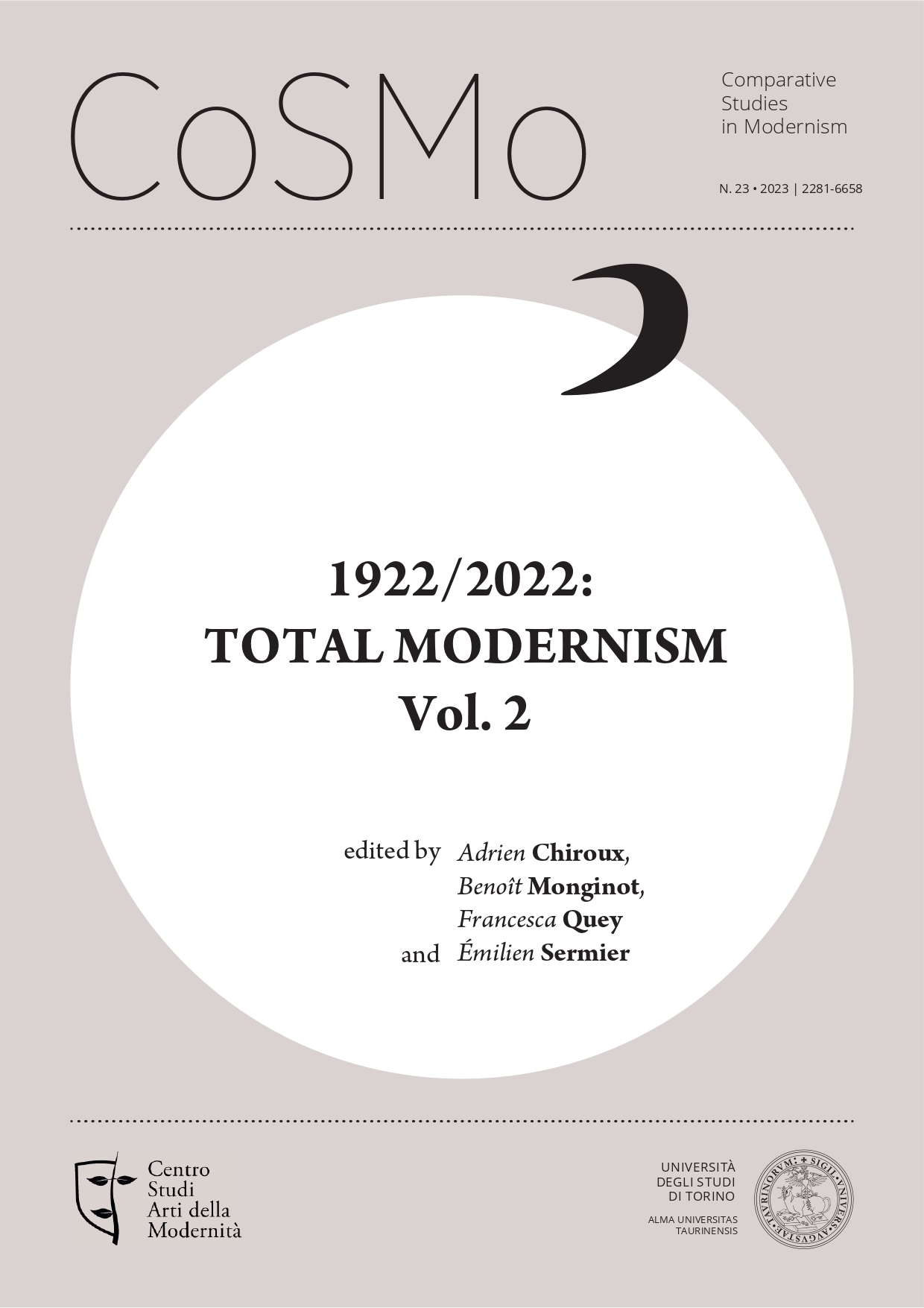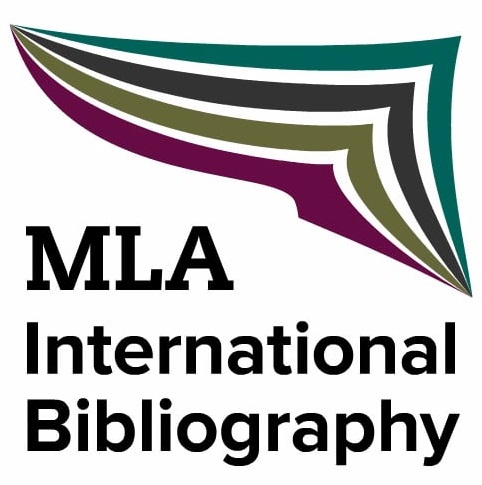Suspending Modernism
The Photographic Painting of Magic Realism
Keywords:
1922, Magic Realism, Postmedia, Postmodernism, New Objectivity, Valori Plastici, Franz Roh, Walter BenjaminAbstract
Beginning in 1922 a series of events marked the spread of Magic Realism in Europe. The Italian magazine Valori Plastici ceases publication but its main theoretical orientation flows into the new figurative classicism of the artists of the Novecento group. In its most algid and suspended outcomes such classicism corresponds to a general tendency toward Magic Realism, whose peculiar character is the fusion of painting and photography. The most striking consequence of that fusion, still not addressed by scholars, is a kind of genetic shift in painting practice that seems to become as objective and impersonal as a photographic shot. In Italy in 1926 Ubaldo Oppi even became a case for what commentators call a “photo-painting” capable only of tracing magazine photos. In Germany, critic and theorist Franz Roh highlights the virtues of this approach by extolling in the magic realists the tendency to annihilate the pictorial treatment of figuration. Through studying the ways in which the photographic code is assumed in the painting of these artists the paper intends to read European Magic Realism as the first major setback of Modernism. By attempting to reproduce the “non-artistic” elements of photography, soon also discussed by Walter Benjamin, 1920s painting suspends many modernist paradigms, including that of the medium's specificity and autonomy and opens up to a postmedial attitude.
Downloads
Downloads
Published
Issue
Section
License
Authors keep the copyrights for their work and give the journal the work’s first publication copyright, which is at the same time licensed under a Creative Commons License – Attribution, which in turn allows other parties to share the work with an acknowledgement of the work's authorship and initial publication in this journal.
Content Licence

You are free to copy, distribute and transmit the work, and to adapt the work. You must attribute the work in the manner specified by the author or licensor (but not in any way that suggests that they endorse you or your use of the work).
Metadata licence

CoSMo published articles metadata are dedicated to the public domain by waiving all publisher's rights to the work worldwide under copyright law, including all related and neighboring rights, to the extent allowed by law.
You can copy, modify, distribute and perform the work, even for commercial purposes, all without asking permission.





